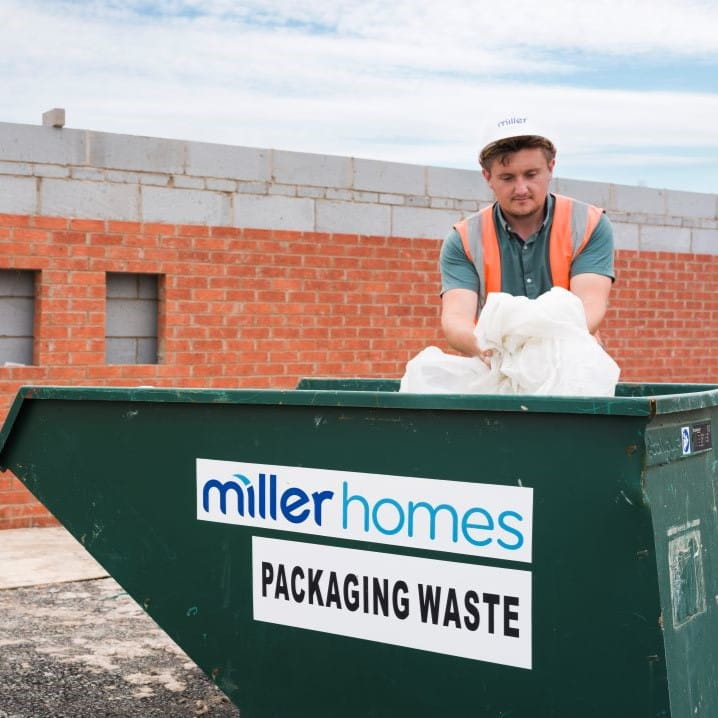Miller Homes has announced its commitment to become a net zero business by 2045, supported through validated, science-based targets.
Jo Stott, Associate Environmental Sustainability Director, explains the significance of these targets and Miller Homes’ new Environmental Sustainability Strategy which will help achieve them.
At Miller Homes, our ambition is to create better places where people and planet can prosper. This covers the homes we build for our customers, as well as being a better and more resilient business for the people who work with us and the communities we operate within. We cannot realise this ambition without doing our part to address climate change.
Over the past two years, we have been on a journey to set ambitious but achievable net zero targets across our entire value chain. To ensure we can deliver against our ambition, we have had our targets validated by the Science Based Target initiative (SBTi).
The SBTi drives climate action in the private sector by enabling companies to set science-based carbon emissions reduction targets and do their part to combat the climate crisis. Working with SBTi ensures our targets are in line with a pathway to keep global warming to 1.5°C, compared to pre-industrial temperatures.
What have we committed to?
Our overarching goal is to reach net-zero greenhouse gas emissions across our entire value chain by 2045. This means net-zero emissions in our business, our supply chain, and in the homes we build.
This overall target is accompanied by near and long-term targets which provide a pathway and accountability to meet our ambitious goals.
Our near-term target will see our absolute scope 1 and 2 GHG emissions reduce by 54.4% by 2032. We will reduce scope 3 GHG emissions 58.2% per square meter within the same timeframe.
Longer term, we have set a target to reduce absolute scope 1 and 2 GHG emissions by 90% by 2045 and reduce scope 3 GHG emissions by 97% per square meter by the same year.
After a thorough audit of our emissions, we’ve set 2022 as the baseline for tracking our progress.
What does this mean and how will we get there?
Scopes 1 and 2 are the GHG emissions made directly or indirectly through Miller Homes’ operations. This includes GHG emissions generated by powering our offices and equipment and fuelling our vehicles.
Our scope 3 GHG emissions are generated across Miller Homes’ wider value chain, which includes our supply chain as well as the homes we build after we hand them over to customers to live in. The vast majority of our GHG emissions are categorised as scope 3.
Achieving these ambitious targets is a team effort. Every team and department will be adapting, innovating and working hard to reduce greenhouse gas emissions and improve our environmental sustainability. To help us, we have also published an Environmental Sustainability Strategy which includes our net zero roadmap for the next three years.
Some of the measures we are taking to reduce our scope 1 and 2 emissions include converting our new car fleet to hybrid and electric vehicles, moving to renewable energy, and shifting site energy use to solar and alternative fuels.
Building new homes in line with current building regulations and the Future Homes Standard will make a significant reduction in our scope 3 emissions. But we are also reliant on the UK electricity grid decarbonisation. Another area we can tackle our scope 3 emissions is through our supply chain choices and partnerships, and through our business travel policy.
We're fully committed to transparency and will publish an annual audit of our GHG emissions to keep ourselves accountable.
This won't be easy, but it's crucial - for the planet, our customers, and the resilience and sustainability of our business.
